Isolated CAN BUS Transceiver Arduino Shield
- Rajkumar Sharma
- 3.421 Views
- easy
- Tested
- SKU: EL90218
- Quote Now
The module described here is an isolated CAN Transceiver module. This module can be used as a standalone module or as an Arduino Uno shield. A controller area network is a two-wire high-speed serial network typically used to provide data communication between host and nodes. The high-speed controller area network transceivers offer integrated isolation, high ESD and high fault protection. The project built using ISO1042 IC from Texas Instruments. The project requires 5V supply from the host side (Arduino) and separates 5V from the node side for isolation. The project supports up to 5Mbps data rate in CAN FD mode allowing much faster transfer of payload compared to classic CAN. D1 Power LED, CN1 Can bus communication, CN3 RJ45 CAN Communication.
The ISO1042 device is a galvanically-isolated controller area network (CAN) transceiver that meets the specifications of the ISO11898-2 (2016) standard. The ISO1042 device offers ±70-V DC bus fault protection and ±30-V common-mode voltage range. The device supports up to 5Mbps data rate in CAN FD mode allowing much faster transfer of payload compared to classic CAN. This device uses a silicon dioxide (SiO2) insulation barrier with a withstand voltage of 5000 VRMS and a working voltage of 1060 VRMS. Electromagnetic compatibility has been significantly enhanced to enable system-level ESD, EFT, surge, and emissions compliance. Used in conjunction with isolated power supplies, the device protects against high voltage and prevents noise currents from the bus from entering the local ground.
Features
- Supply 5V DC Host (Arduino)-VC1
- Supply 5V DC Node Side
- Data Transfer Speed 5-Mbps
Schematic
Parts List
Connections


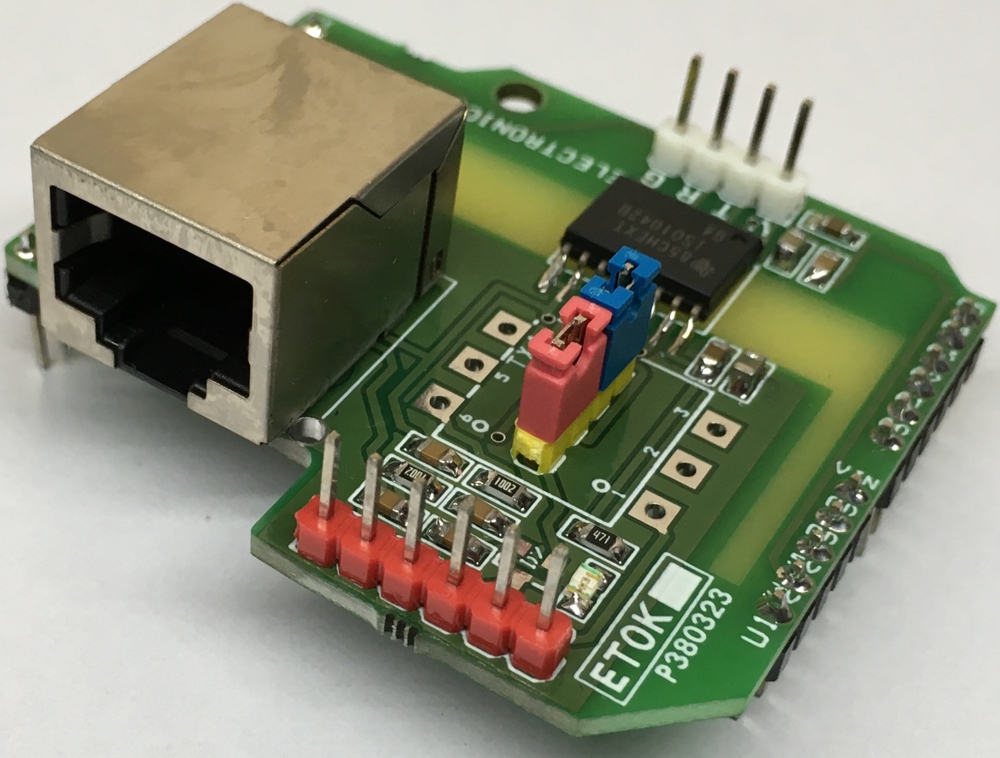
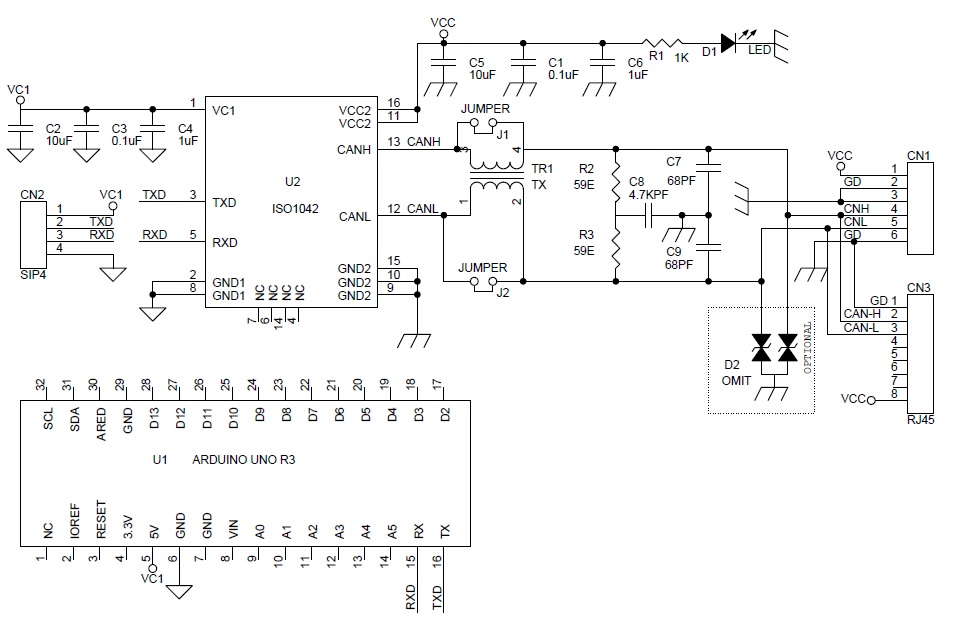
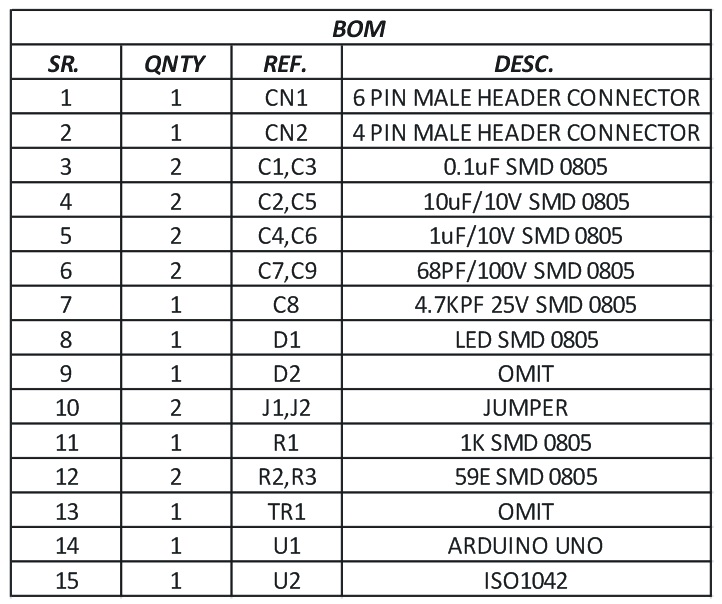
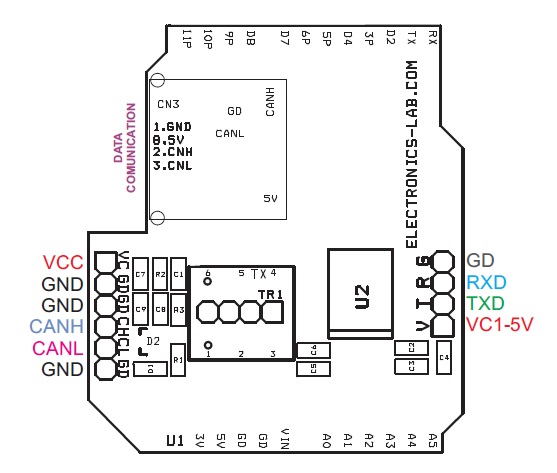
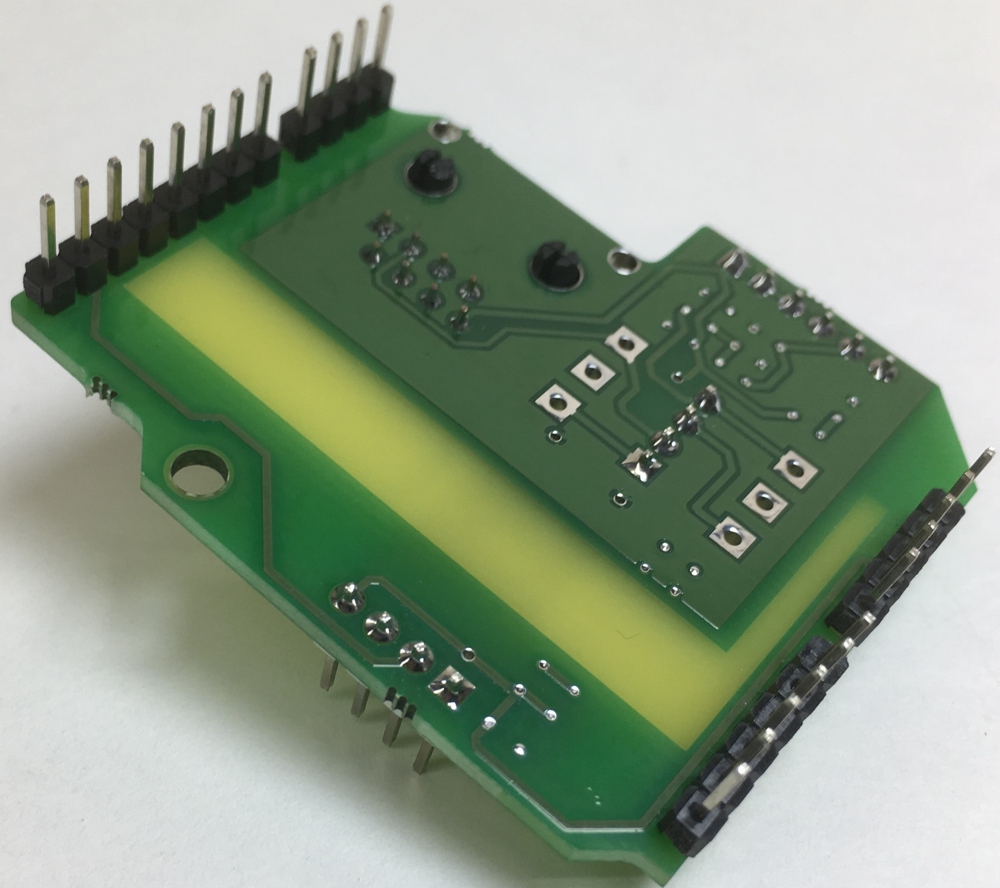
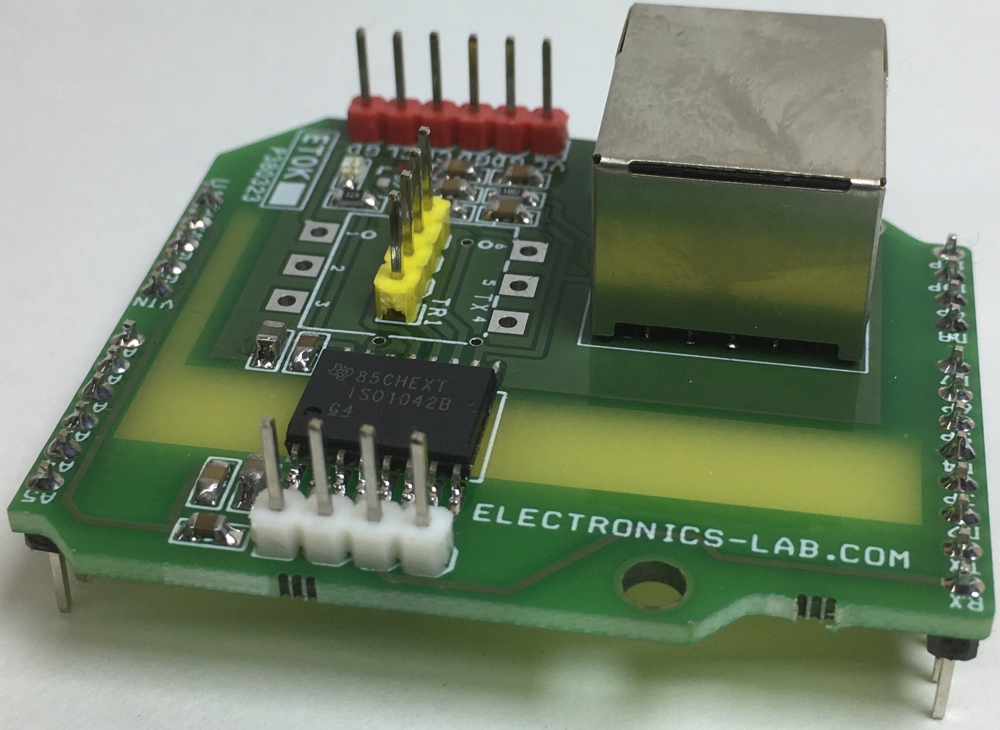
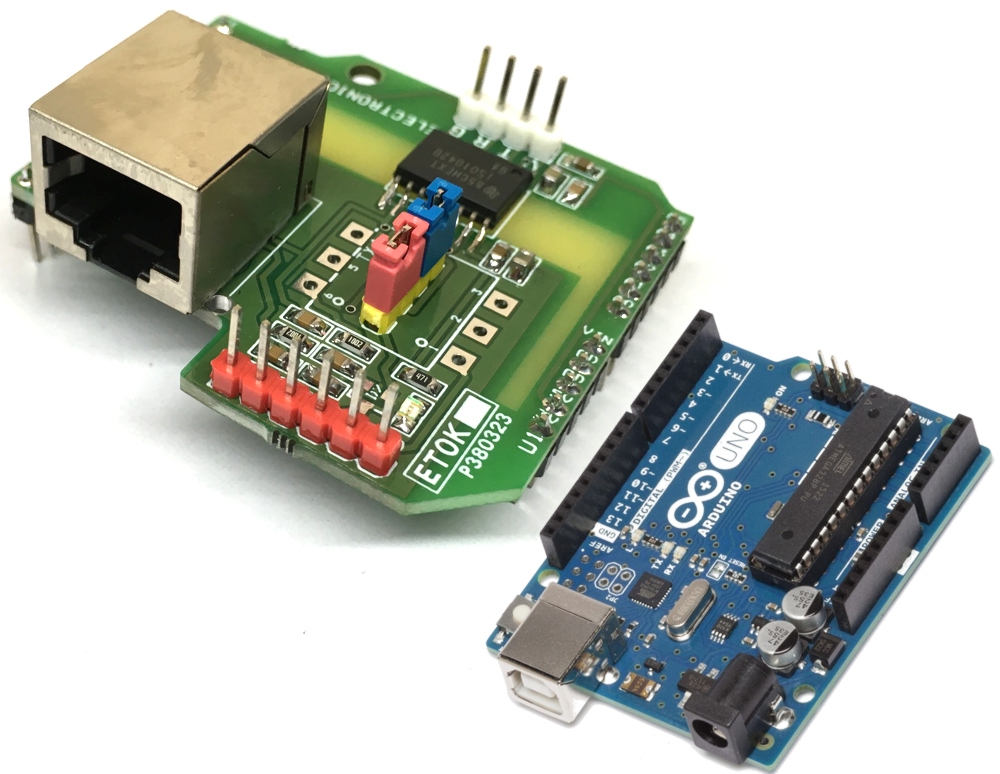
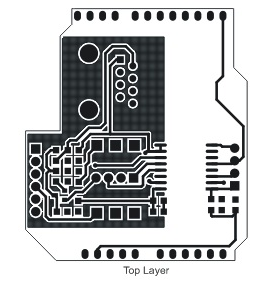
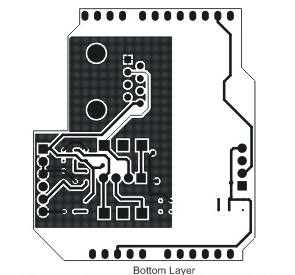
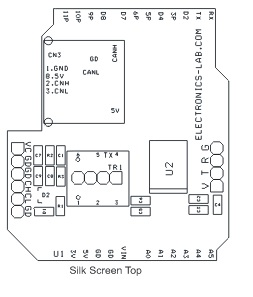
.png)


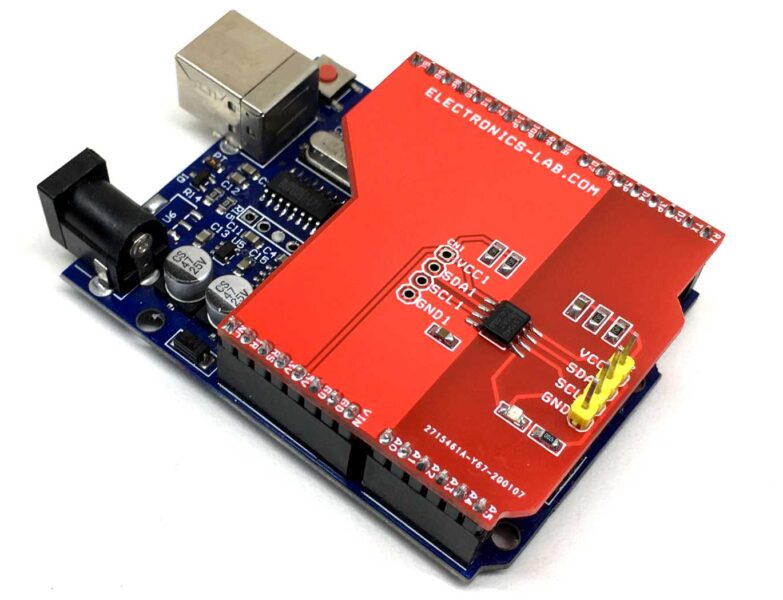
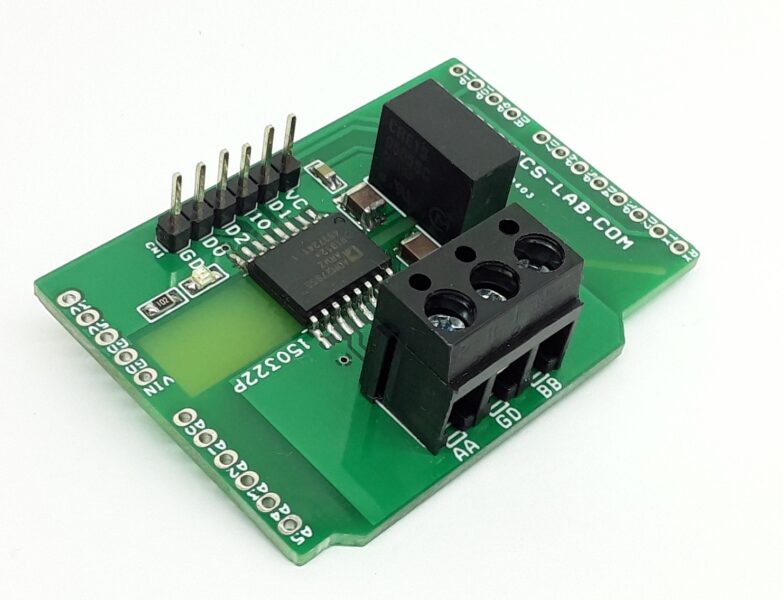
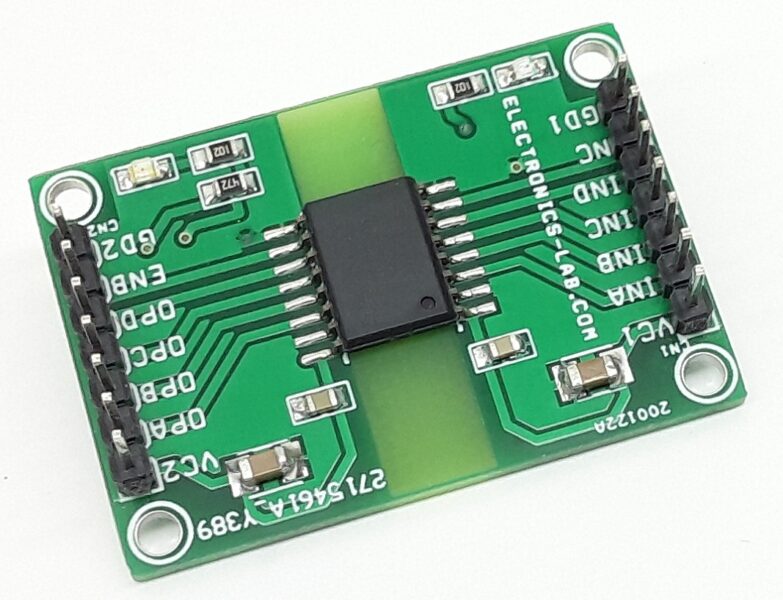
Hi!, Thank you so much for this information. I would like to know if this project does not require a controller between the transceiver board and Arduino. If that is the case, how do you program the Arduino in order to make it work?
Thanks for your support!
This board only provides the isolation layer between the Arduino and CAN bus. You will need to program your Arduino with your own software in order to make the full working interface. Unfortunately we don’t have any tested code to provide at this moment.